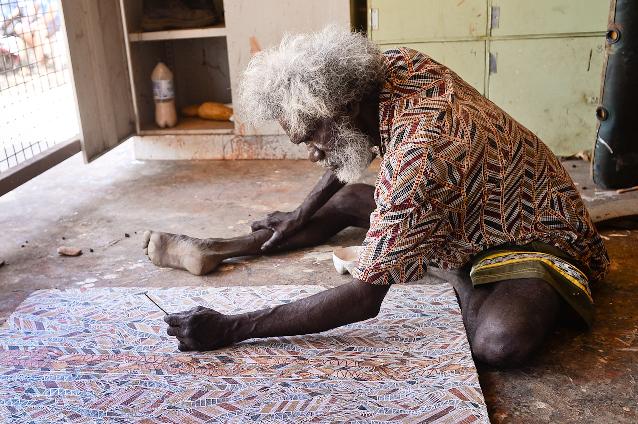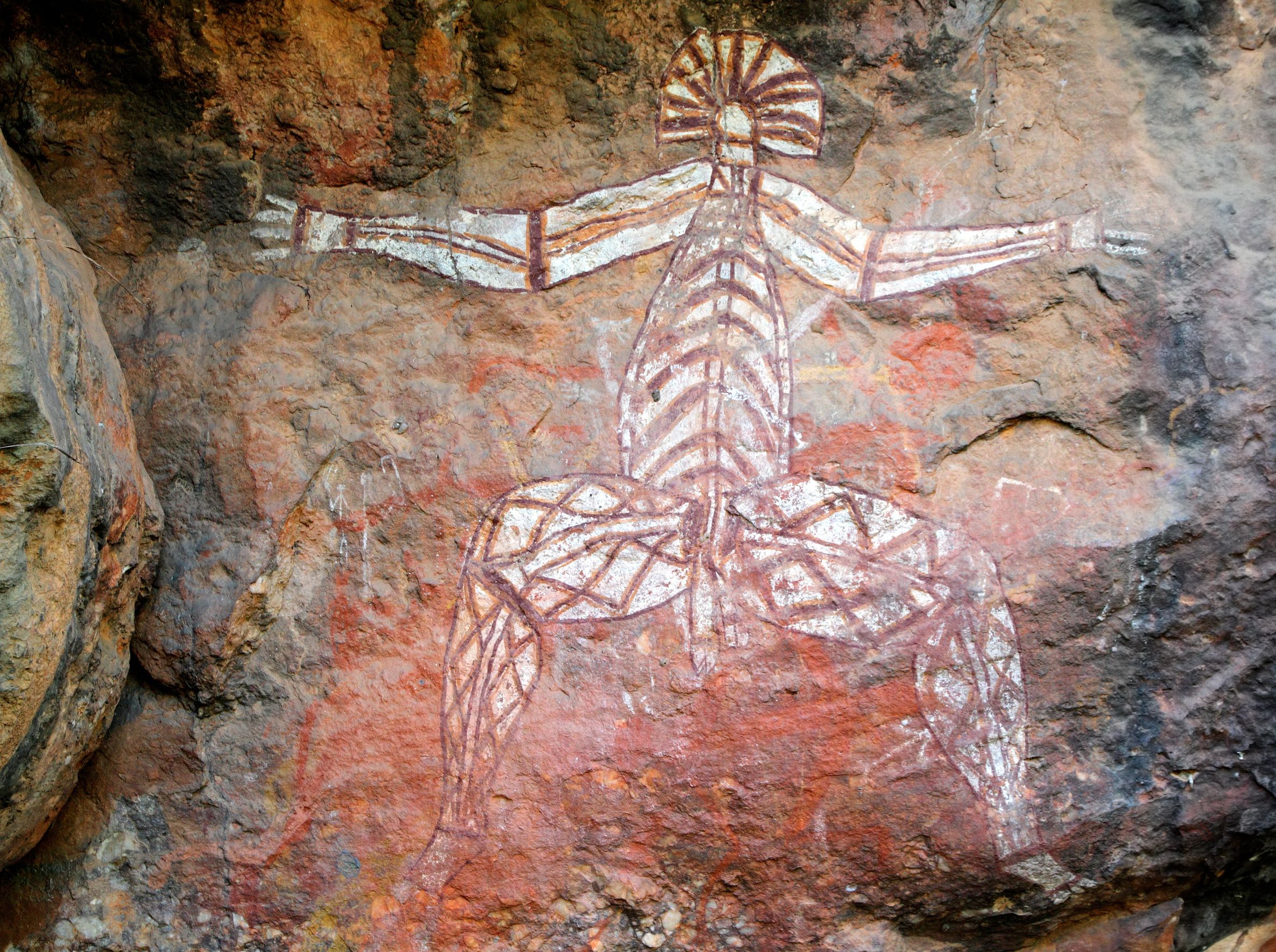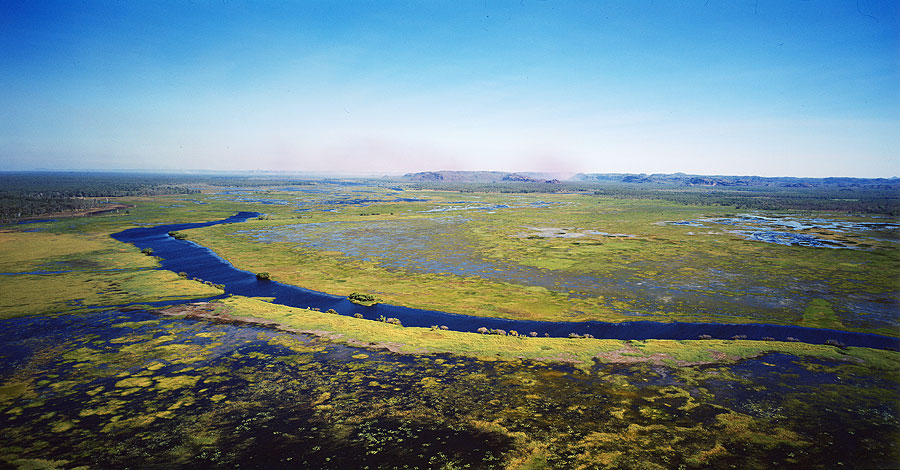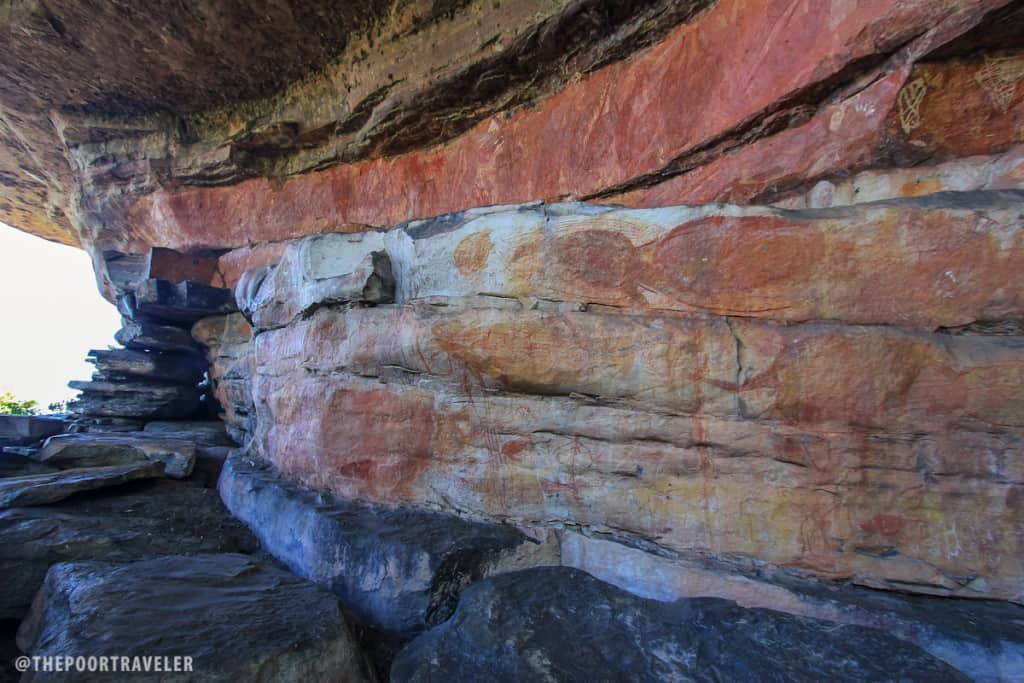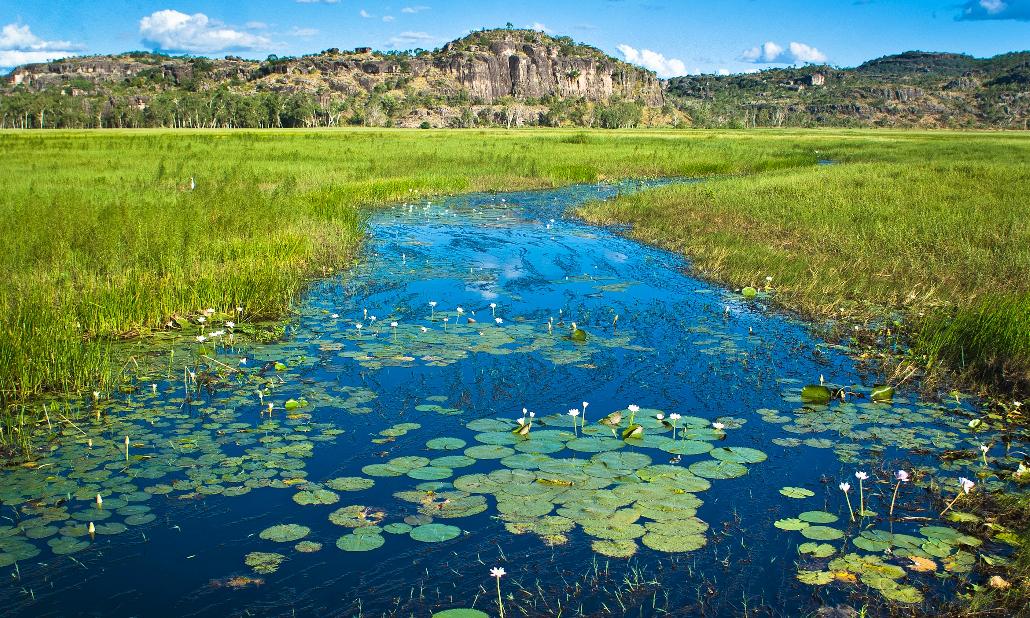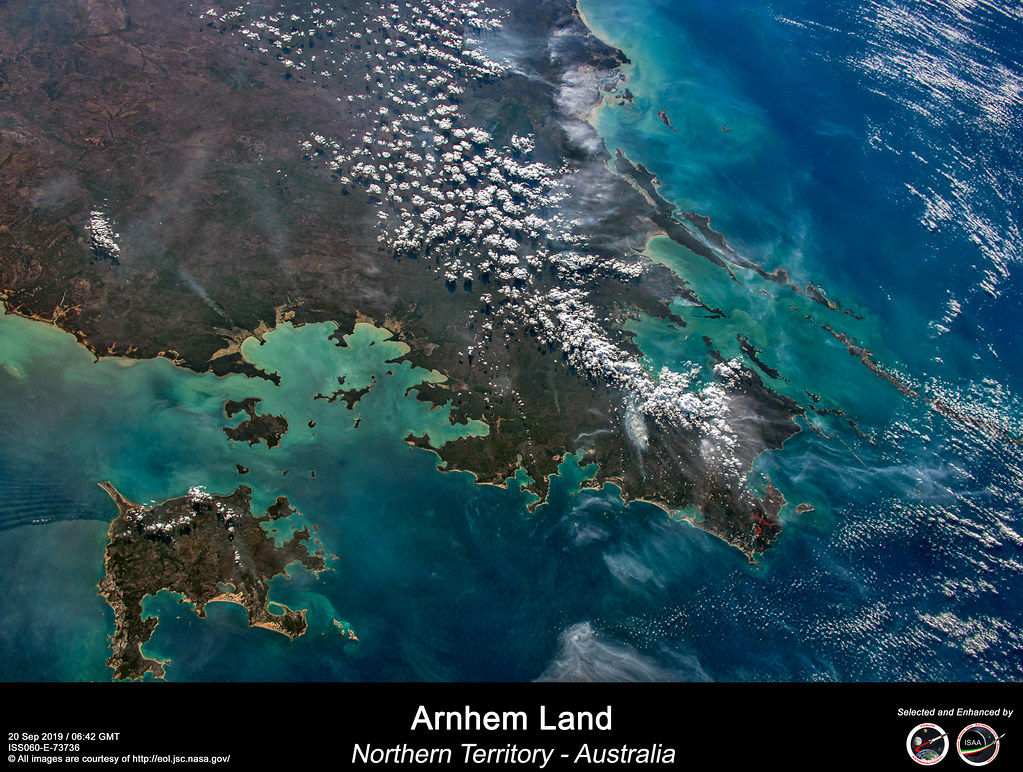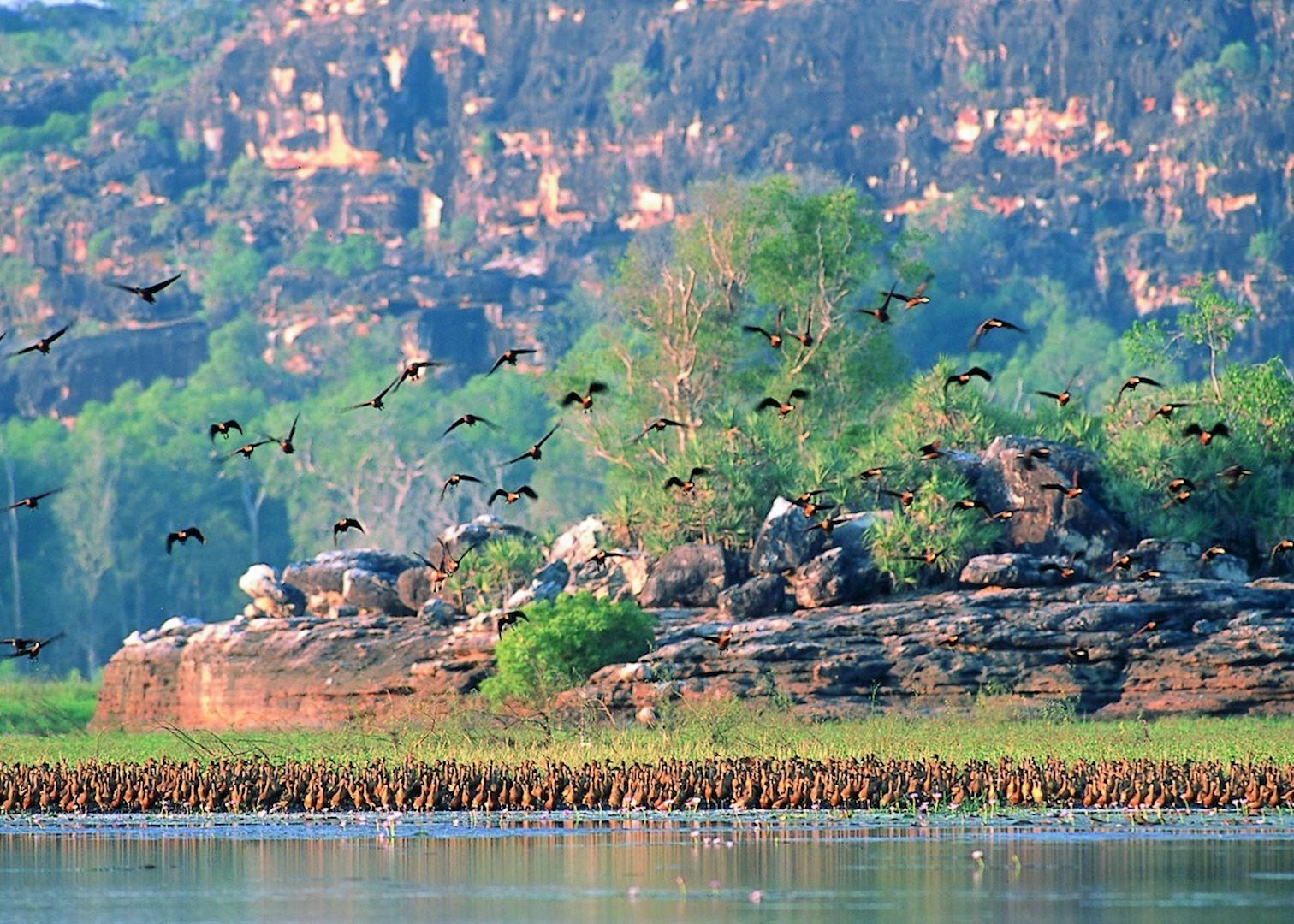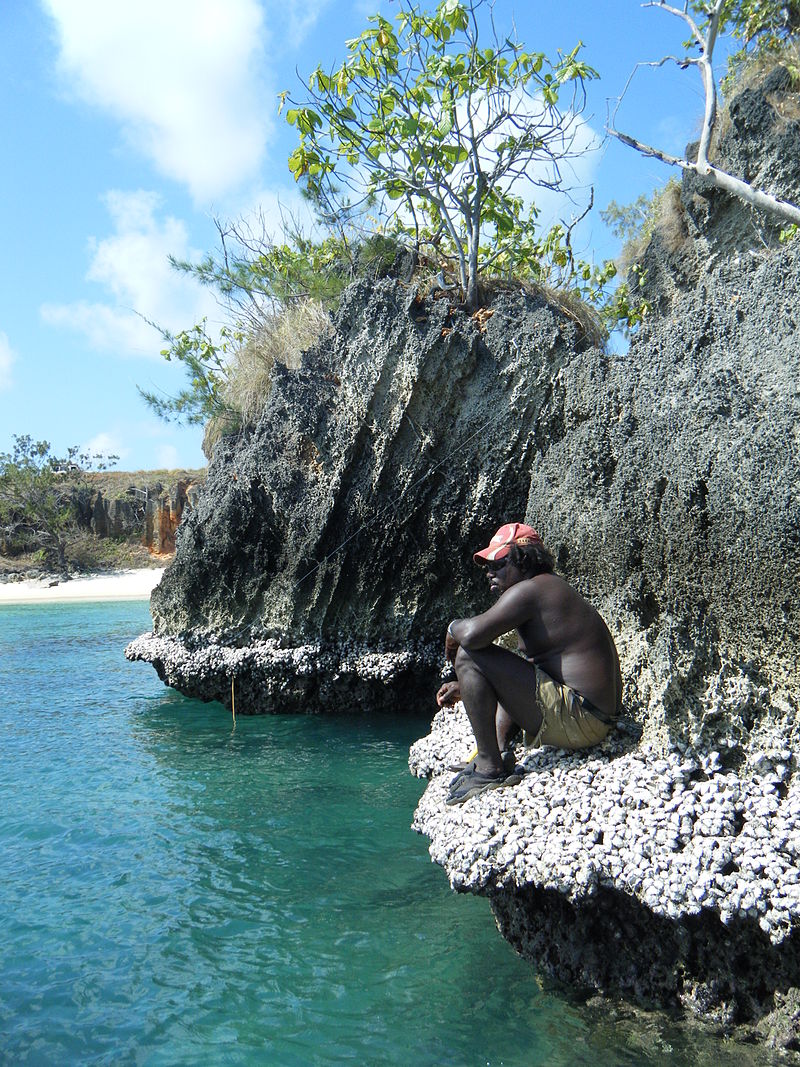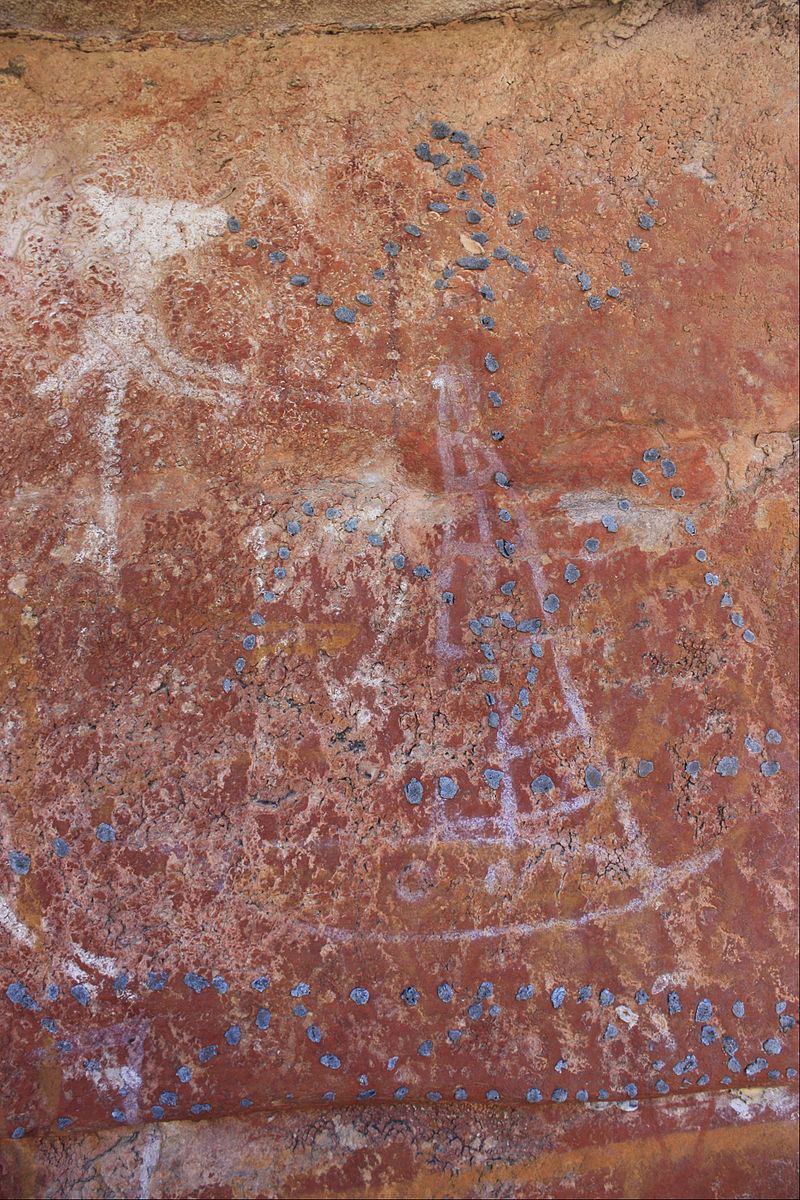
AsianOverland.net
Tour Guide - Itinerary
Asian Overland Sydney to London
Started 22/06/2022 Finished 21/06/2023365 Days ITINERARY
Day 31 date 22/07/2022KAKADU to ARNHEM LAND
ASIANOVERLAND.NET SYDNEY TO LONDON DAY 31: KAKADU TO ARNHEM LAND
Arnhem Land is a historical region of the Northern Territory around 500 km from Darwin. The area covers about 97,000 km2 and has an estimated population of 16,000, of whom 12,000 are Aboriginal and Torres Strait Islander people. Two regions are often distinguished as East Arnhem (Land) and West Arnem (Land). North-east Arnhem Land is known to the local Yolŋu people as Miwatj.
A substantial proportion of the population has lived in Arnhem Land for at least 40,000 years and live on small outstations or homelands. These people have very little Western influence culturally speaking. Arnhem Land is one of the areas in Australia that has always effectively been a completely separate country operating under its own traditional laws.
For hundreds of years, Muslim traders from Makassar of Sulawesi visited Arnhem Land each year to trade, harvest, and process sea cucumbers or trepang. This marine animal is highly prized in Chinese cuisine, for folk medicine, and as an aphrodisiac. The Makassans exchanged goods such as cloth, tobacco, knives, rice, and alcohol for the right to trepang coastal waters and employ local labour.
These traders from the southwest corner of Sulawesi also introduced the word balanda for white people, long before western explorers set foot on the coasts of northern Australia. In Arnhem Land, the word is still widely used to refer to white Australians.
Ubirr is a group of rock outcrops in the northeast of Kakadu National Park, on the edge of Arnhem Land and the Nadab floodplain. Large rock overhangs have provided excellent shelter to Aboriginal people over tens of thousands of years. Ubirr's proximity to the East Alligator River and Nadab floodplains means that food was abundant and is reflected in much of the rock art. Animals depicted in the main gallery include barramundi, catfish, mullet, goanna, snake-necked turtle, pig-nosed turtle, rock-haunting ringtail possum, and wallaby and thylacine (Tasmanian tiger).
There are also images of the Rainbow Serpent said to have created much of the landscape as well as ancient Mimi spirits and the story of the Namarrgarn Sisters. The rock faces at Ubirr have been continuously painted and repainted for over 40,000 years.
Jan Carstenszoon was a 17th-century Dutch explorer, who was commissioned in 1623 by Pieter de Carpentier (Corrie's great-great Uncle), Governor-General of the Dutch East Indies, to lead an expedition to the southern coast of New Guinea and beyond, to follow up the reports of land sighted further south in the 1606 voyages of Willem Janszoon in the Duyfken.
Setting sail from Ambon in the Dutch East Indies with two ships, the yacht Pera (captained by Carstenszoon) and Arnhem (captained by Willem Joosten van Colster), the ships travelled along the south coast of New Guinea, then headed south to Cape York Peninsula and the Gulf of Carpentaria. On 14 April 1623, Cape Keerweer was passed. Landing in search of fresh water for his stores, Carstenszoon encountered a party of the local indigenous Australian inhabitants.
On 8 May 1623, landing in search of fresh water for his stores, Carstenszoon first encountered a party of the Wik peoples. Persistent attempts by the Dutch to kidnap Wik men provoked aggressive responses and led to a skirmish with 200 Wik warriors at the mouth of small river he named as the Carpentier River, near Cape Duyfken.
Carstenszoon named the small river Carpentier River, and the Gulf of Carpentaria in honour of Pieter de Carpentier, at that time Governor-General of the Dutch East Indies.
The Pera and Carstenszoon returned to Ambon while the Arnhem crossed the Gulf of Carpentaria, sighting the east coast of Arnhem Land. Cape Arnhem and Arnhem Land are named after the Arnhem, which itself was named after the city of Arnhem in the Netherlands.
The Dutch expedition in 1623 is one example of many over the centuries, of European explorers being defeated by the local Australian Aboriginal people.
Like the Aboriginal peoples generally of the Western Arnhem, land, the Bininj believed in the creative function of a Rainbow serpent, which is generally called Ngalyod and appears more suggestive of the feminine than masculine. It came to Australia from the sea northeast of the Cobourg Peninsula. Legend has it coming from the north, full of spirit-children, and settling at a point called Coopers Creek on the East Alligator River. She transformed her children into men, creating waterholes to cater to their thirst, supplying men with spears and woomera, and women with dilly bags and digging sticks, while endowing both with intelligence and their senses. She swallows those who infringe her laws, and drowns children who cry, since she is disturbed by noise.
In Dreaming narratives, when Ngalyod surges from the earth to devour some ancestral species, because a taboo has been violated.
For the Kuninjku, important dreaming sites (djang) are the Leech Dreaming at Yibalaydjyigod in the swamps of the Manggabor Creek, the Maggot Dreaming at Yirolk, where a rock, girdled by water lilies, rises out of a waterhole and the Barramundi Dreaming around Marrkolidjban. The former two are likened to the Rainbow serpent, connoting, by battening on flesh, themes of decay and rebirth. The rejuvenating monsoonal downpours are caused by the flight of Ngalyod from its underground sanctuary into the sky, marked by the rainbow.
© This work is copyright. Apart from any use permitted under the Copyright Act 1968, no part may be reproduced by any process, nor may any other exclusive right be exercised, without the permission of Peter Searle, peter@portseavillageresort.com; 1980-2024.
Website built by Justin O’Dea www.webdeveloperdocklands.com.au
